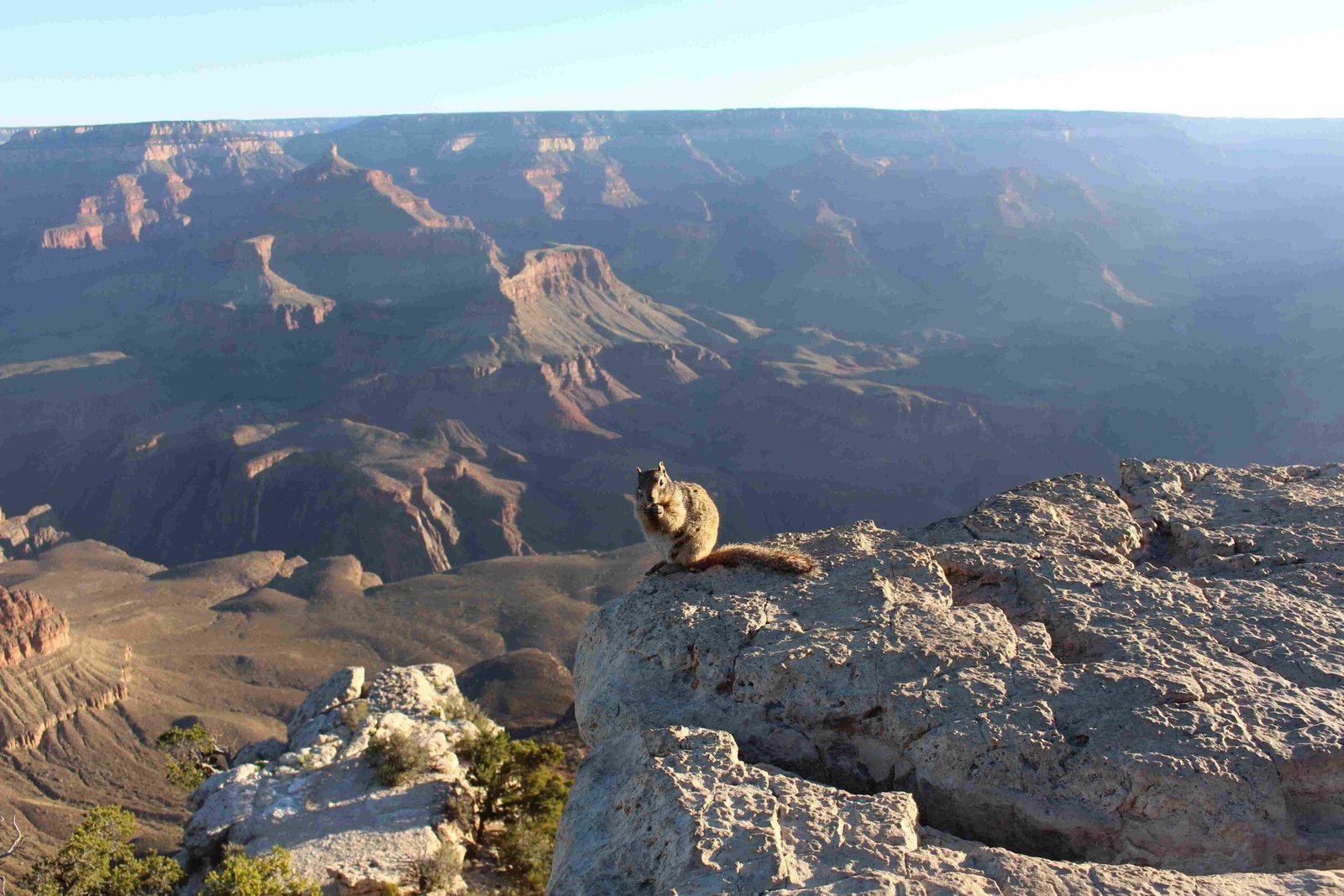The Grand Canyon experiences extreme temperature variations that can reach astonishing levels, with bottom-of-canyon temperatures potentially soaring above 120°F during peak summer months. Visitors must understand the dramatic heat differences between rim elevations and canyon depths to ensure safe and comfortable exploration of this natural wonder.
How Hot Does Grand Canyon Actually Get?
The Grand Canyon’s temperature is not uniform, creating a complex thermal landscape that challenges visitors’ expectations. Temperature variations depend critically on elevation, geographical location, and time of day.
Temperature Ranges Across Different Canyon Zones
| Location | Daytime Temperature | Nighttime Temperature |
|---|---|---|
| South Rim | 80-90°F (27-32°C) | 50-65°F (10-18°C) |
| North Rim | 70-80°F (21-27°C) | 40-55°F (4-13°C) |
| Canyon Bottom | 100-120°F (38-49°C) | 70-85°F (21-29°C) |
Why Does Grand Canyon Experience Extreme Heat?
Several critical factors contribute to the Grand Canyon’s intense temperatures:
- Elevation Gradient: Temperature increases approximately 5.5°F per 1,000 feet of descent
- Sun Exposure: Limited shade and direct sunlight amplify heat absorption
- Rock Composition: Dark-colored rocks retain and radiate heat more efficiently
- Geographic Location: Southwestern desert climate intensifies temperature extremes
Survival Tips for Hot Canyon Conditions
- Carry minimum 1 gallon of water per person
- Start hiking early morning or late afternoon
- Wear lightweight, breathable clothing
- Use high-SPF sunscreen
- Take frequent rest breaks in shaded areas
- Avoid strenuous activities during peak heat hours (10 AM – 4 PM)
Heat-Related Health Risks
Visitors must recognize potential heat-related dangers:
- Heat Exhaustion: Symptoms include heavy sweating, weakness, dizziness
- Heat Stroke: Potentially life-threatening condition requiring immediate medical attention
- Dehydration: Rapid fluid loss in extreme temperatures
Best Times to Visit for Comfortable Temperatures
- Spring (April-May): Mild temperatures, 60-75°F
- Fall (September-October): Cooler, comfortable hiking conditions
- Winter: Coldest period with potential snow at higher elevations
Scientific Explanation of Canyon Heat Dynamics
The Grand Canyon’s unique topography creates a “heat trap” effect. Steep canyon walls absorb solar radiation, creating localized temperature increases. The narrow canyon configuration restricts air circulation, further intensifying heat retention.
Recommended Gear for Hot Conditions
- Lightweight, moisture-wicking clothing
- Wide-brimmed hat
- Cooling towels
- Electrolyte replacement drinks
- Portable misting fan
- Sunglasses with UV protection
Photographic Evidence of Heat Impact
Thermal imaging and scientific studies consistently demonstrate the Grand Canyon’s extreme temperature variations, with bottom regions experiencing significantly higher heat levels compared to rim elevations.
Conclusion: Preparedness is Key
Understanding the Grand Canyon’s complex thermal environment helps visitors plan safer, more enjoyable experiences. Proper preparation, hydration, and respect for natural conditions ensure memorable adventures in this extraordinary landscape.
Reference:
– National Park Service – Grand Canyon Climate
– NOAA Climate Data
– Grand Canyon Visitor Guide

